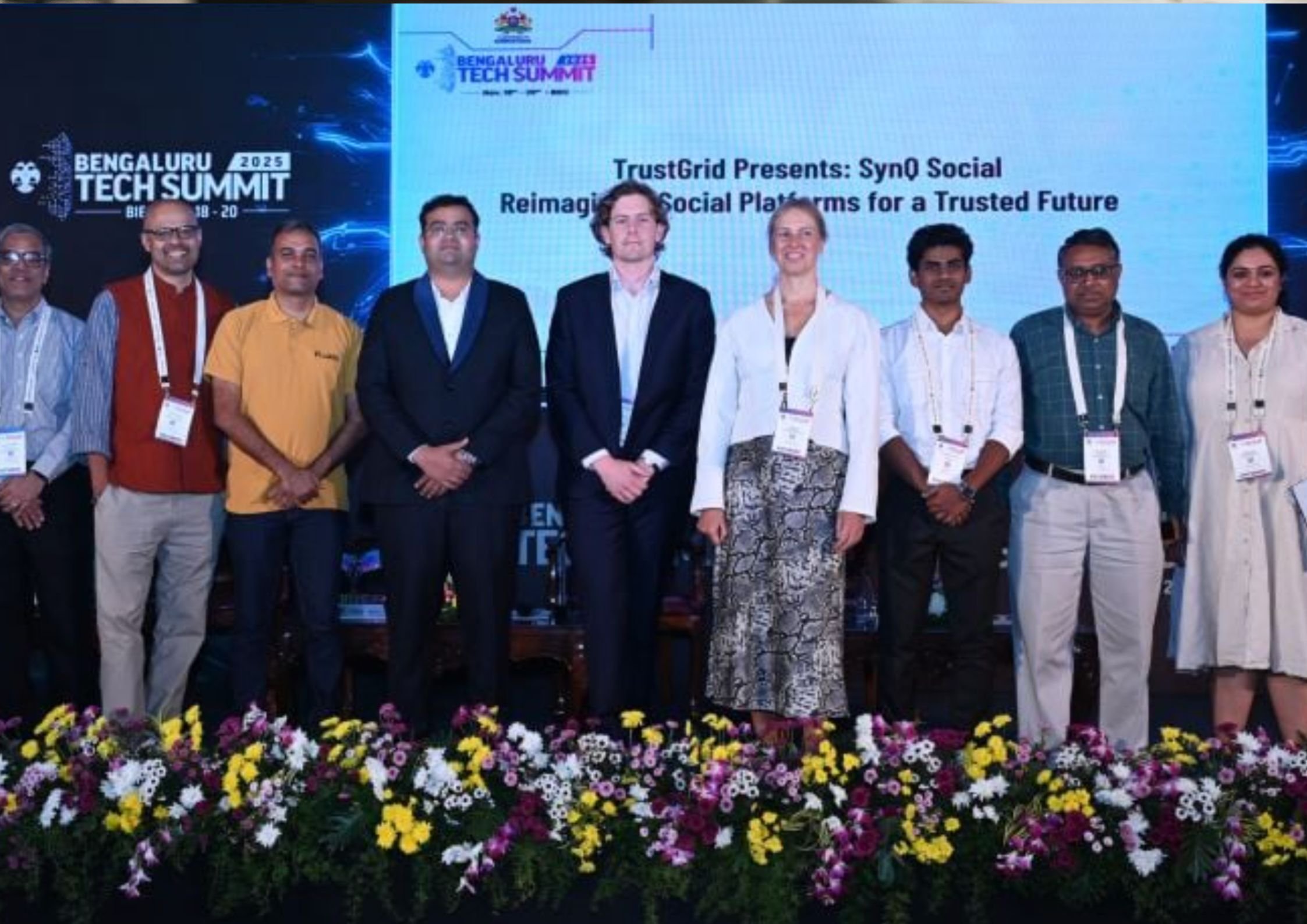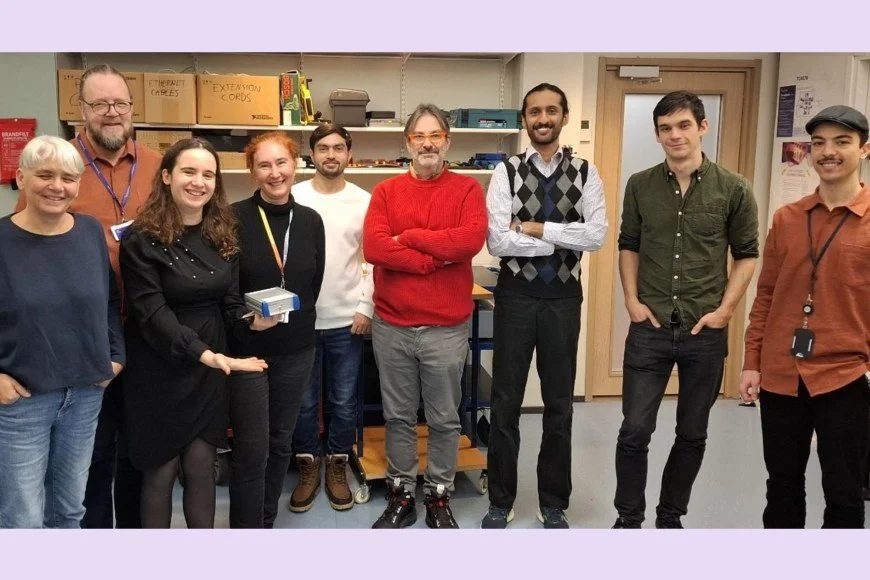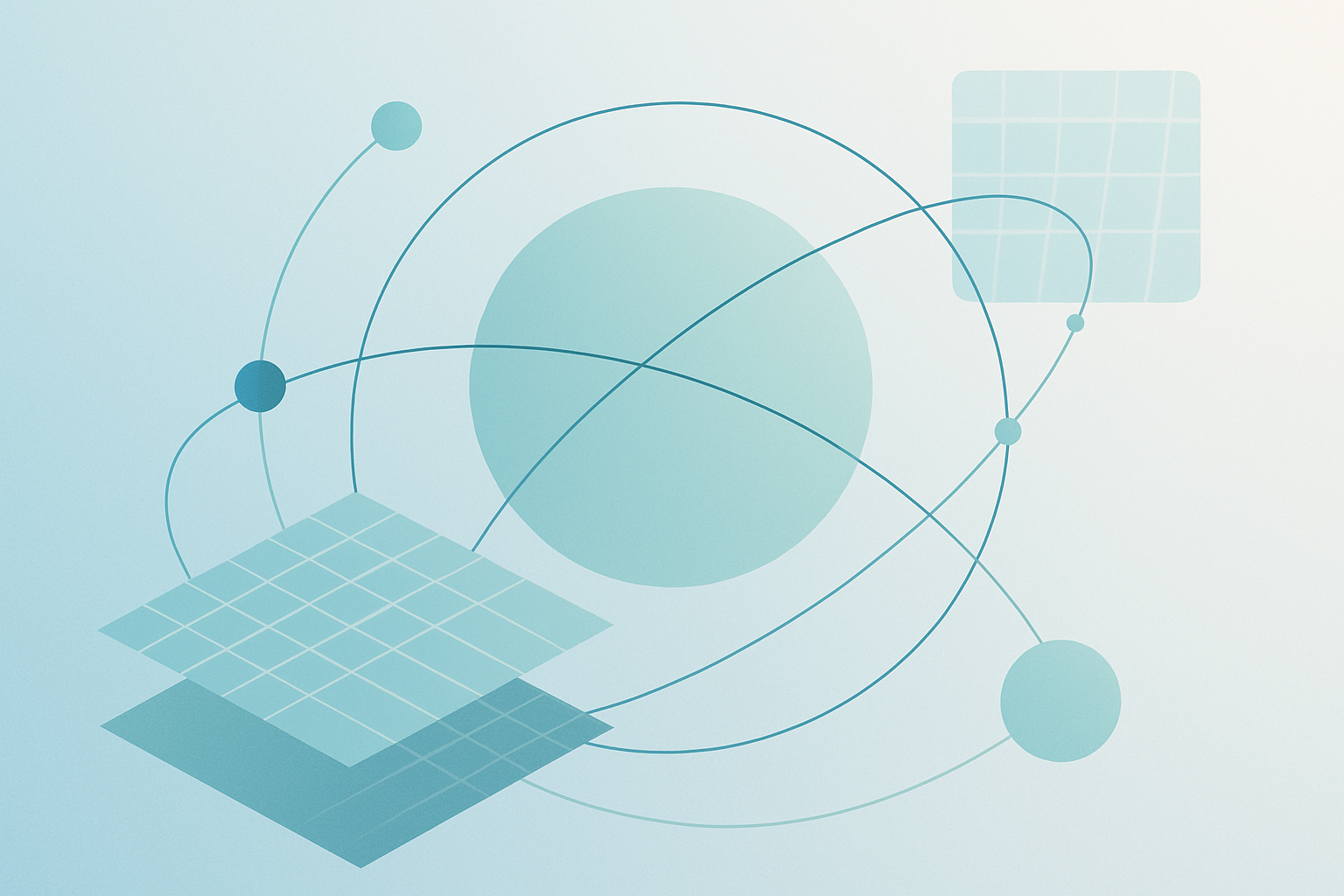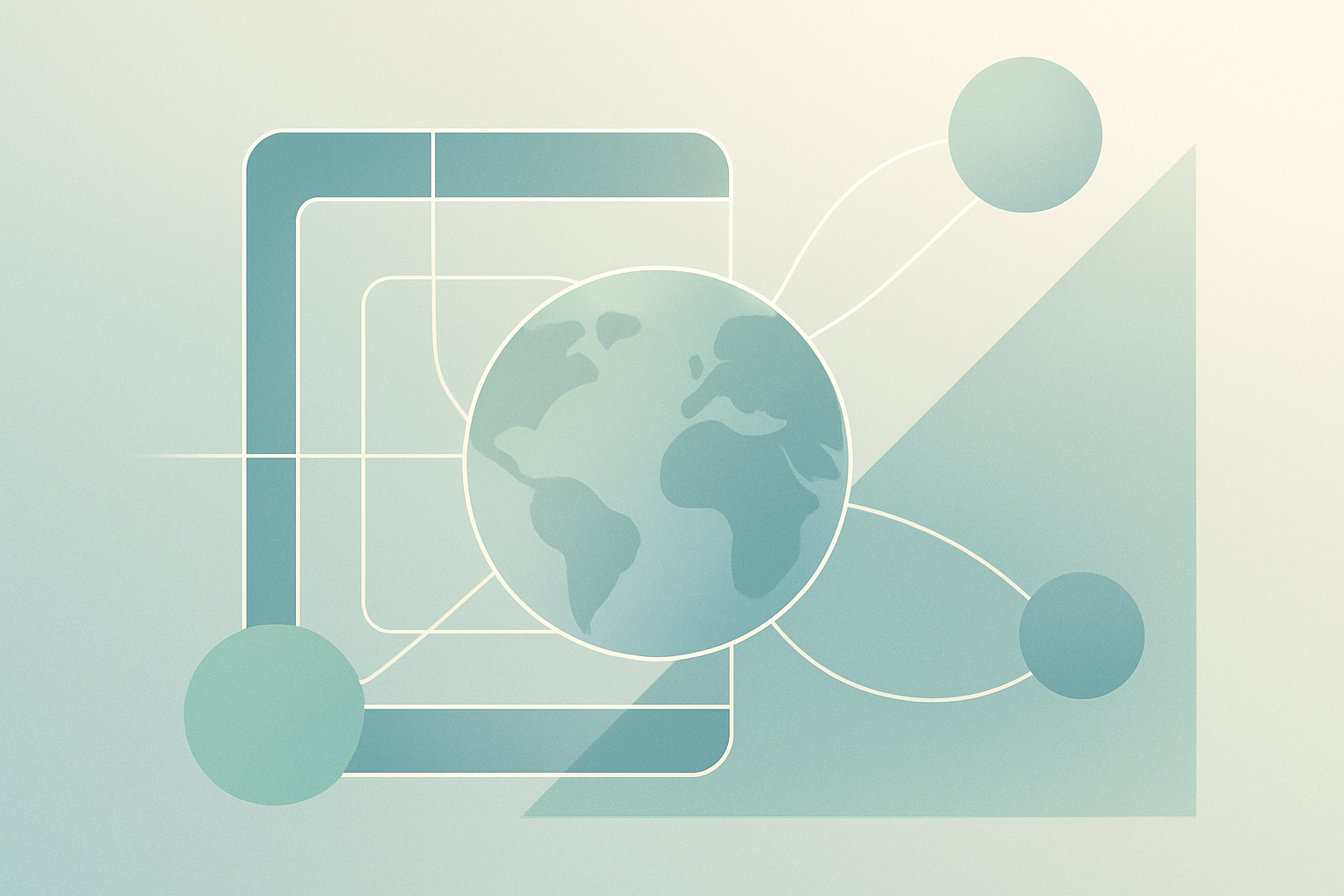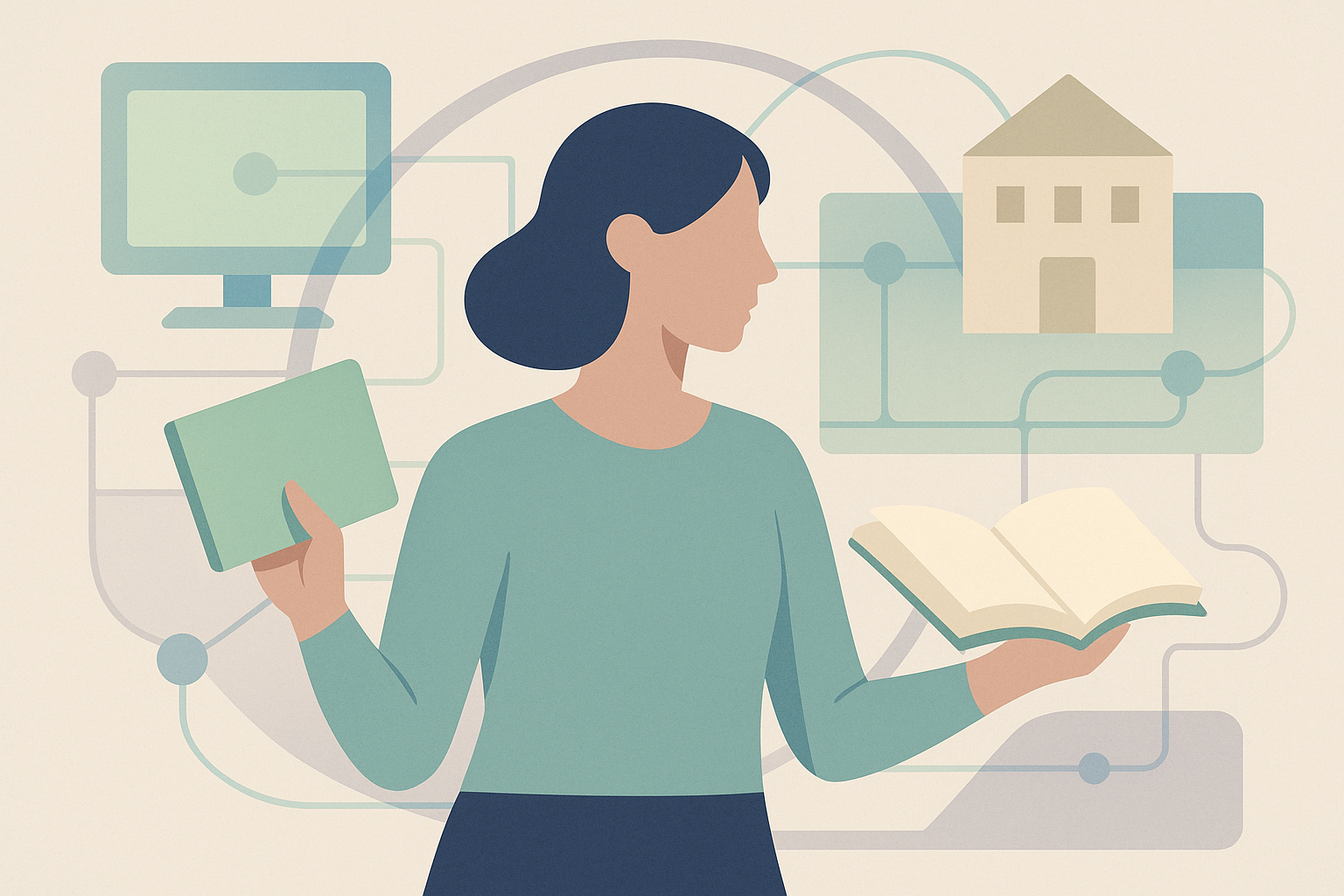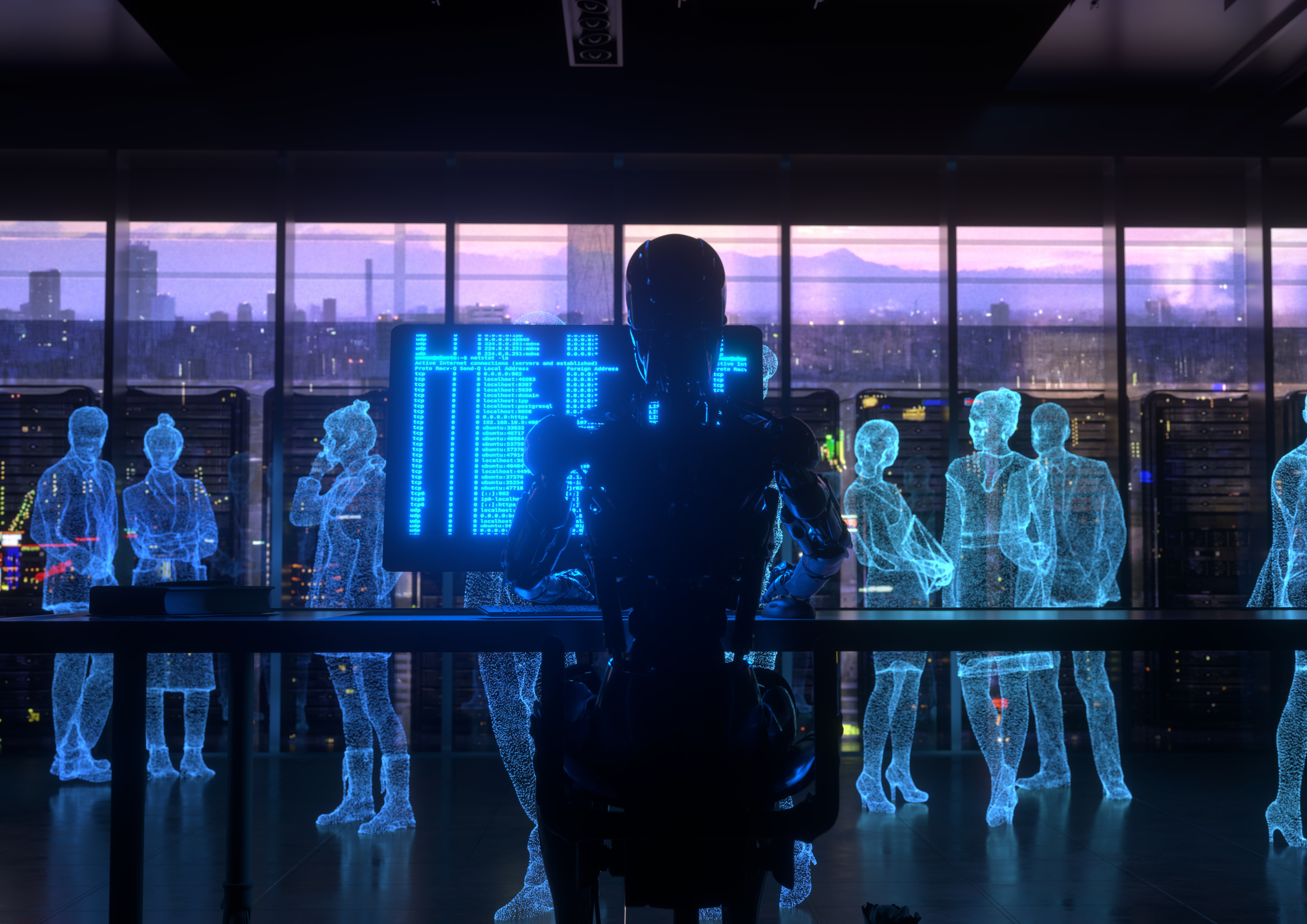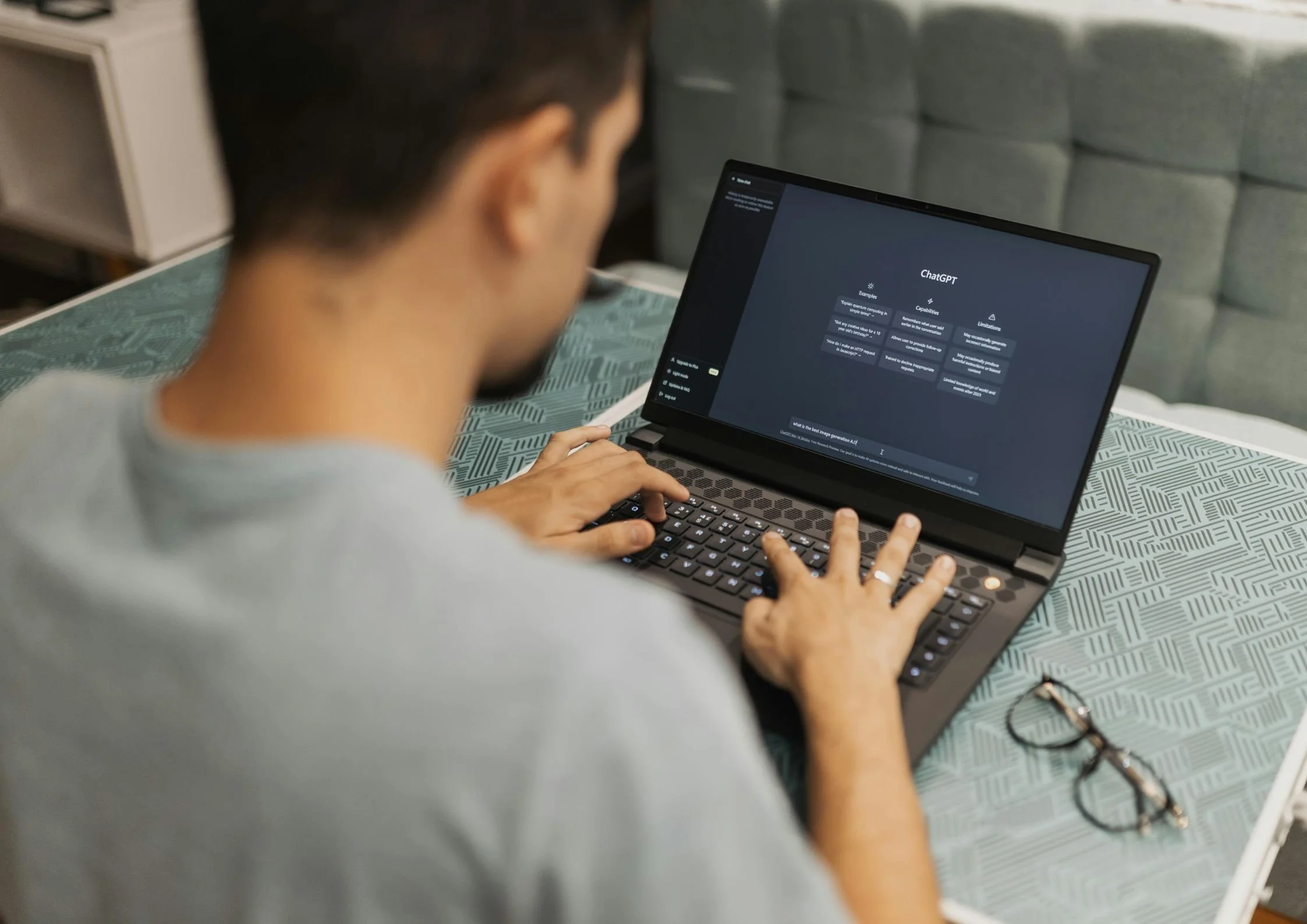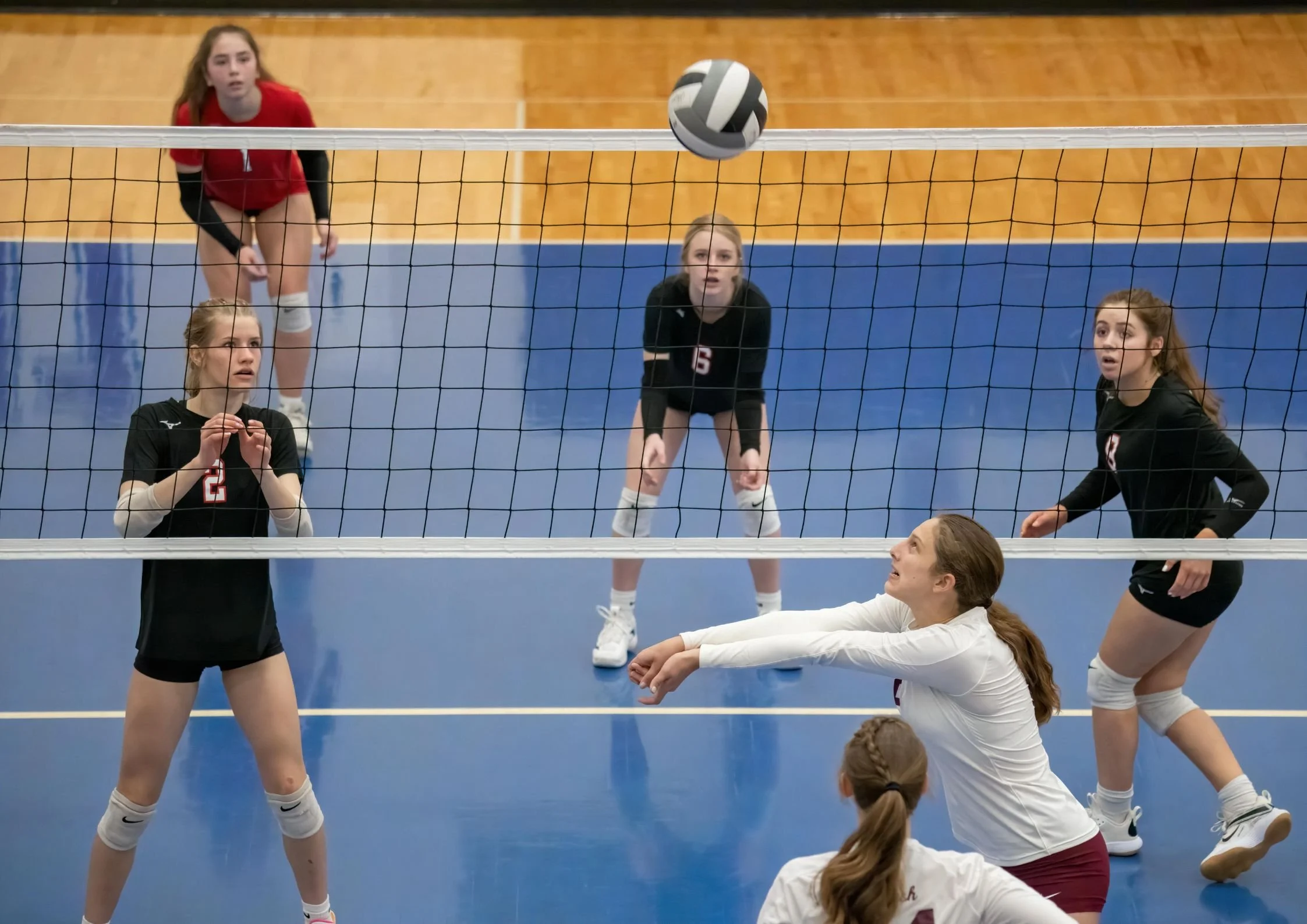How virtual labs are revolutionizing science and healthcare education
If you’ve ever spilled hydrochloric acid on your shoes, you know that traditional school labs can be a chaotic blend of stress and mild existential panic. What if you could run those same experiments or procedures without the risk, cost, or clean-up?
Virtual labs are a bold new frontier where chemistry and biology unfold inside fully immersive digital environments.
From virtual petri dishes to 3D anatomy simulations, science and healthcare education are getting the tech makeover they deserve.
And no, this isn’t another Zoom classroom with fancier graphics. It’s a game-changer.
What is a virtual lab?
Forget everything you’ve seen in sci-fi movies. Reality is less grandiose, yet still fun. A virtual lab is a digital version of a real lab. You get the hands-on experience via VR and other immersive tools. Students are exposed to experiments and practice clinical skills using easy-to-access digital features.
The beauty of these labs is that they can be accessed anytime, anywhere. And this is what truly makes them remarkable because virtual labs are ideal for today’s mobile-first learners and over-caffeinated college students.
eLearning platforms are leading the way, offering cloud-based simulations in biology, chemistry, and physics that mimic real-life conditions.
These virtual spaces help you understand the concepts and stay interested by letting you learn through trial and error. How’s that for leveling up from dodgy petri dishes?
Science, safety, and savings
One of the most appealing aspects of virtual labs? Accessibility and affordability.
Traditional science labs are expensive to build and maintain, not to mention logistically tricky for students in remote or underfunded areas. With virtual labs, all you need is a device and an internet connection.
According to Reimagine Education, institutions that introduced virtual labs report lower costs and a noticeable improvement in student confidence.
Bonus: You can “explode” things in chemistry class without a single insurance claim.
Healthcare gets a hi-tech upgrade
Healthcare education isn’t getting left behind either. Virtual labs are being used to teach nursing students diagnostics and patient care in simulated hospital environments.
Collegiate nursing education that incorporates virtual simulations that practice bedside care and decision-making before students step into a physical clinical placement.
And it’s not just avatars with stethoscopes. A study in the National Library of Medicine found that students in virtual simulation-based online nursing programs demonstrated better clinical judgment.
Registered nurse (RN) hopefuls are more inclined to take the online program route. It gives them the freedom to obtain their bachelor’s degree in their own time and at their own pace.
Carson-Newman University, however, advises online nursing school students to enroll in a Bachelor of Science in Nursing degree that provides clinical placement support.
Immersive learning goes full tilt
Remember when the Metaverse was a Mark Zuckerberg fever dream? Well, now it’s being used to teach. A recent blog does a deep dive into how VR and AR are bringing next-level interactivity into classrooms. Students can now walk through a beating heart, stand inside a DNA helix, or practice triage during a mass-casualty drill.
These immersive learning experiences are useful in healthcare, where repetition can mean the difference between panic and precision in real-world scenarios.
Are virtual labs the future or a trend?
Virtual labs are more than a pandemic workaround or an edtech fad. They represent a broader paradigm shift in how we view hands-on learning.
By removing the barriers of time, space, and budget, they open science and healthcare education to a wider, more diverse audience.
Even industry giants like Roche are tapping into this potential. AI and digital simulations play a role in everything from drug discovery to patient education. These innovations prove that they aren’t limited to students, but include future professionals as well.
What students say
Let’s not forget the most important voices here: yours.
Science Interactive surveyed more than 1,000 students who enrolled in online science labs. The responses were a mixed bag, yet positive overall.
Most problems stemmed from modules lacking real-world applications. Virtual labs help connect the dots between theory and real-world implementation. Now think about trying to teach organic chemistry online. Mastering those practical lab techniques takes years of in-person training. So how do you begin to replicate that experience virtually?
About 74% of students said they would have preferred applying what they learned in real-world situations if their labs had more hands-on components.
Logging in and geeking out
There’s no doubt that classrooms of the future will integrate virtual labs and immersive learning tools. And it’s exciting to be at the forefront of technology. With that being said, there’s still lots of room for improvement.
What we can’t argue with is that virtual labs give today’s learners the power to explore science and healthcare on their terms.
Tapping into accessibility and convenience, this method of teaching can open doors for millions of students who think they’re not clever or good enough to consider STEM subjects. Now, they’re presented with tangible and attainable opportunities.






